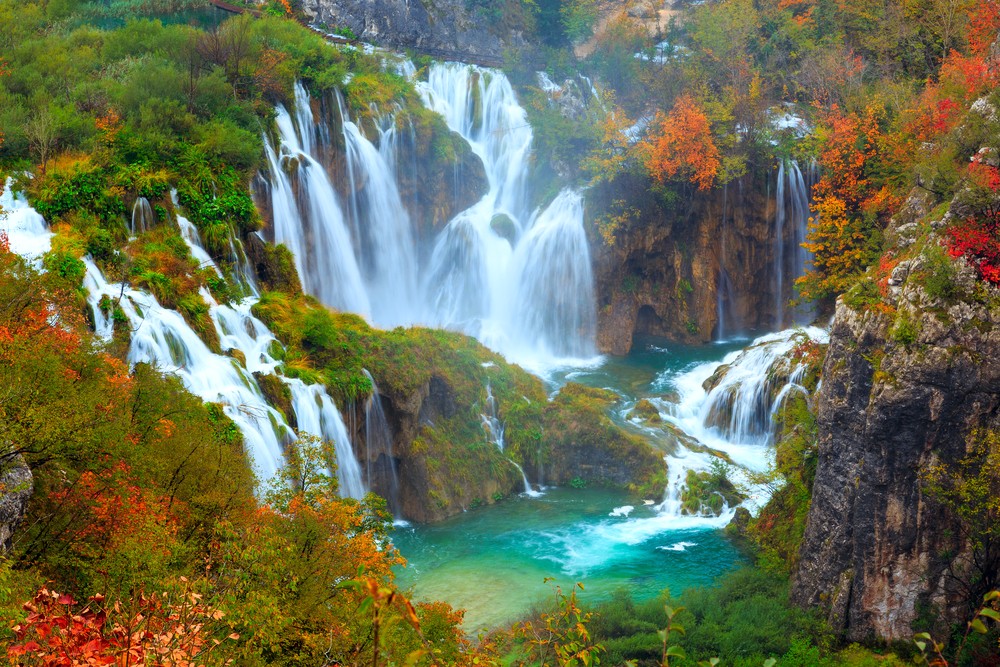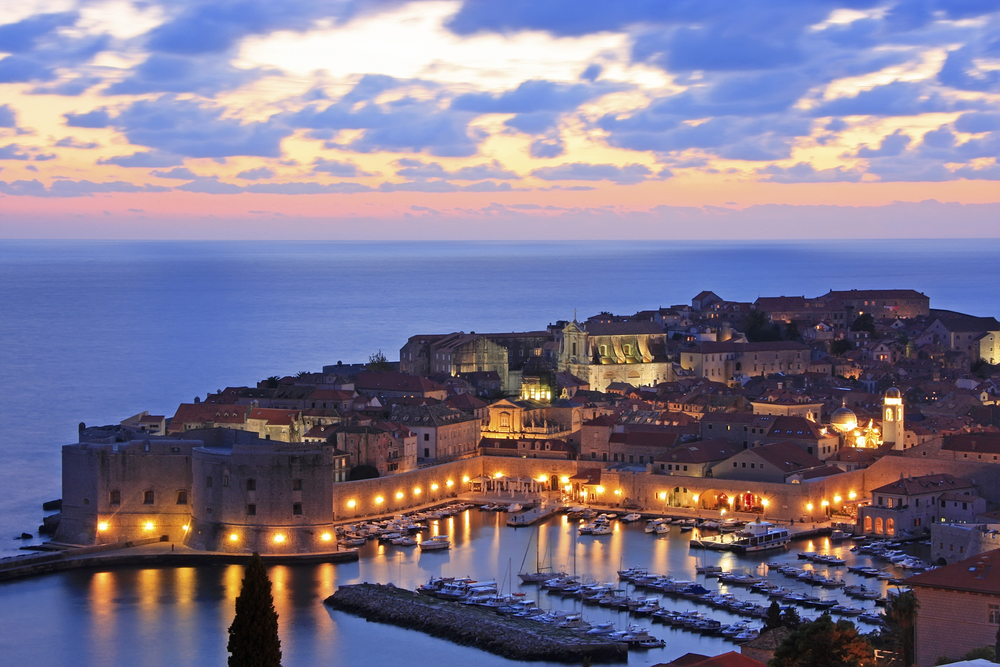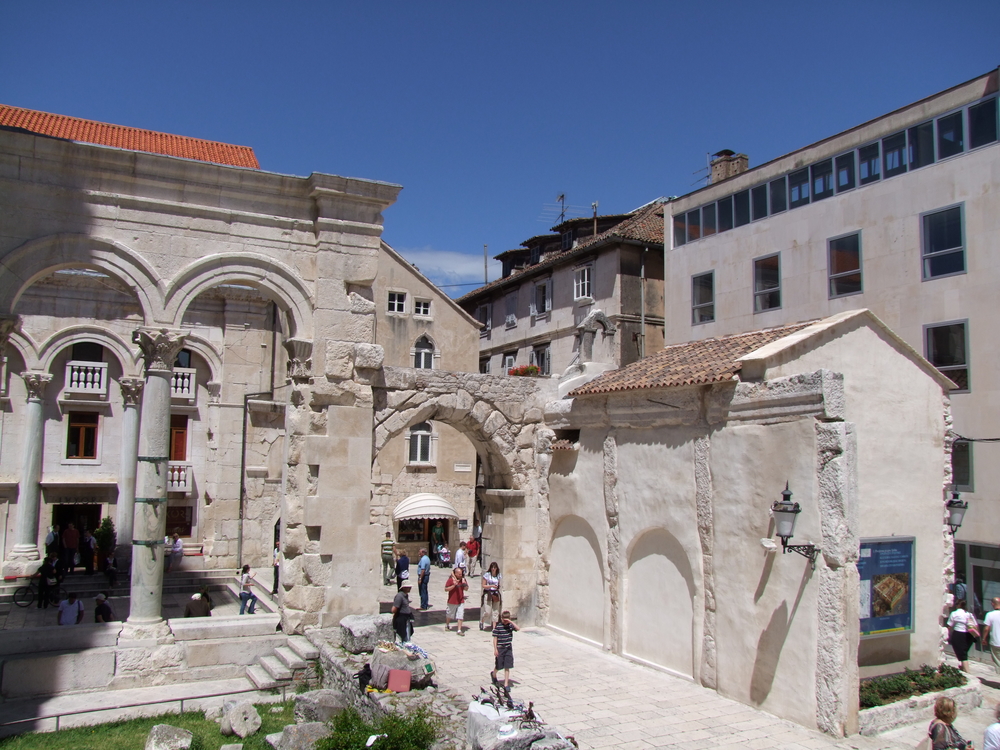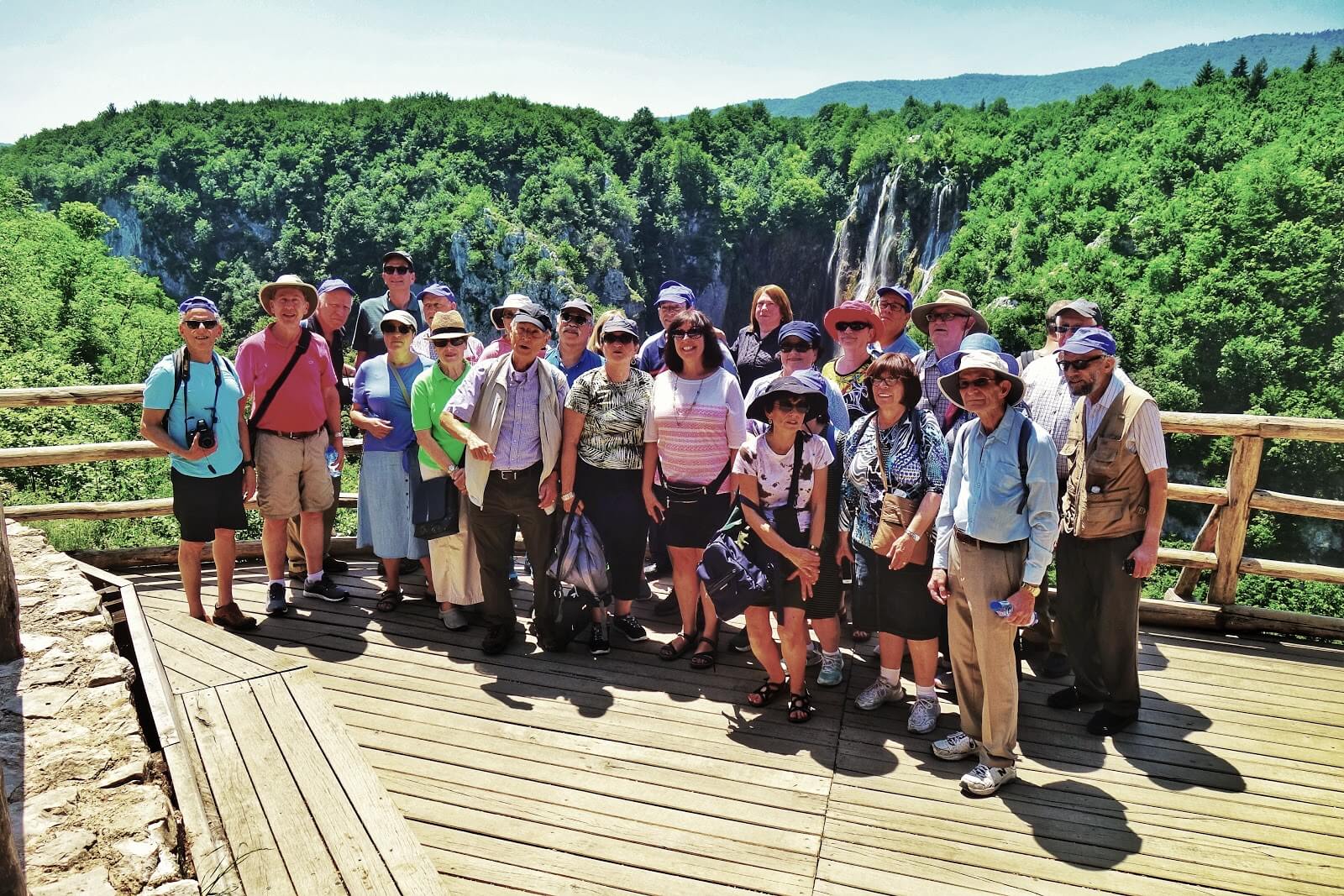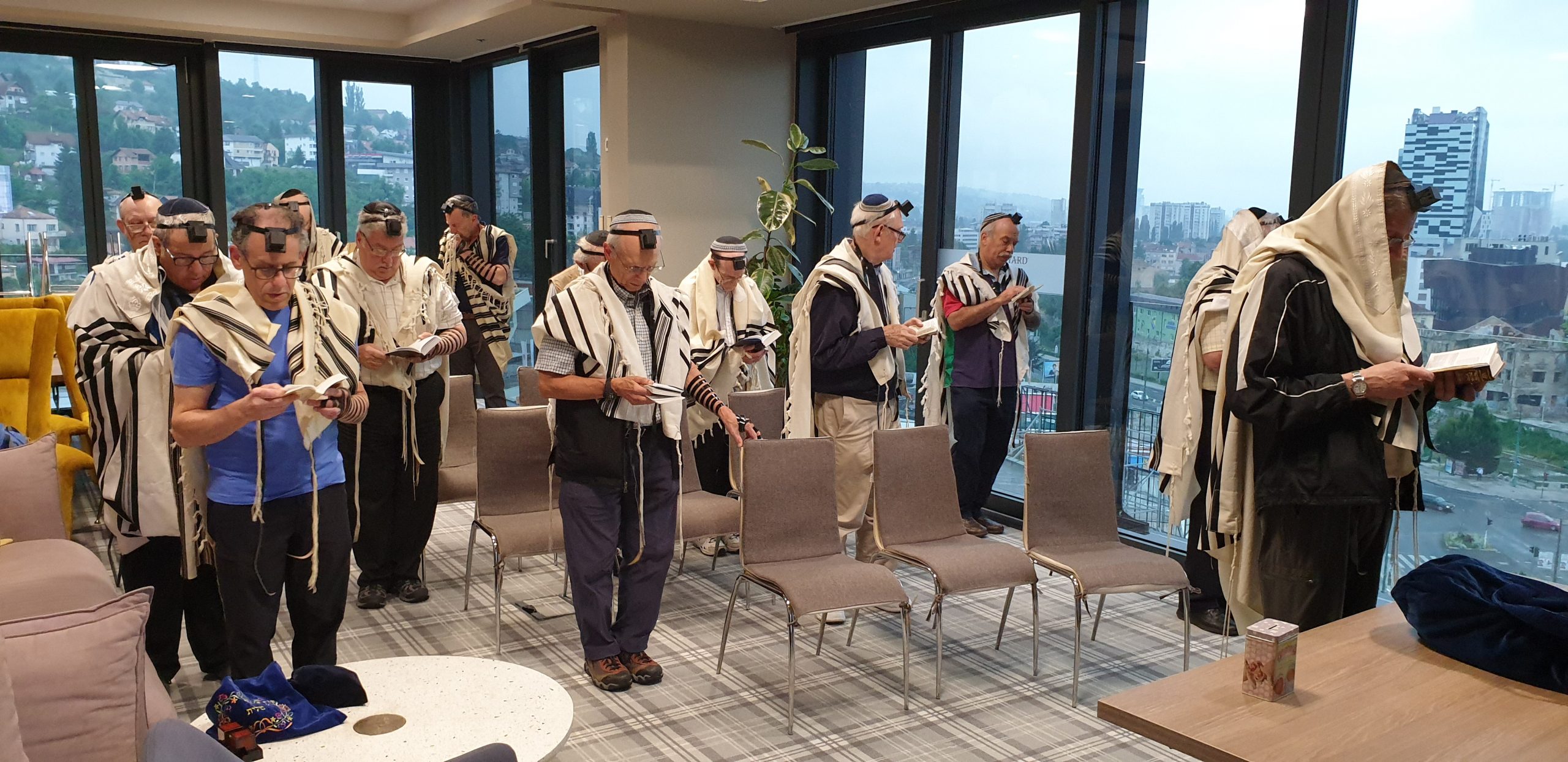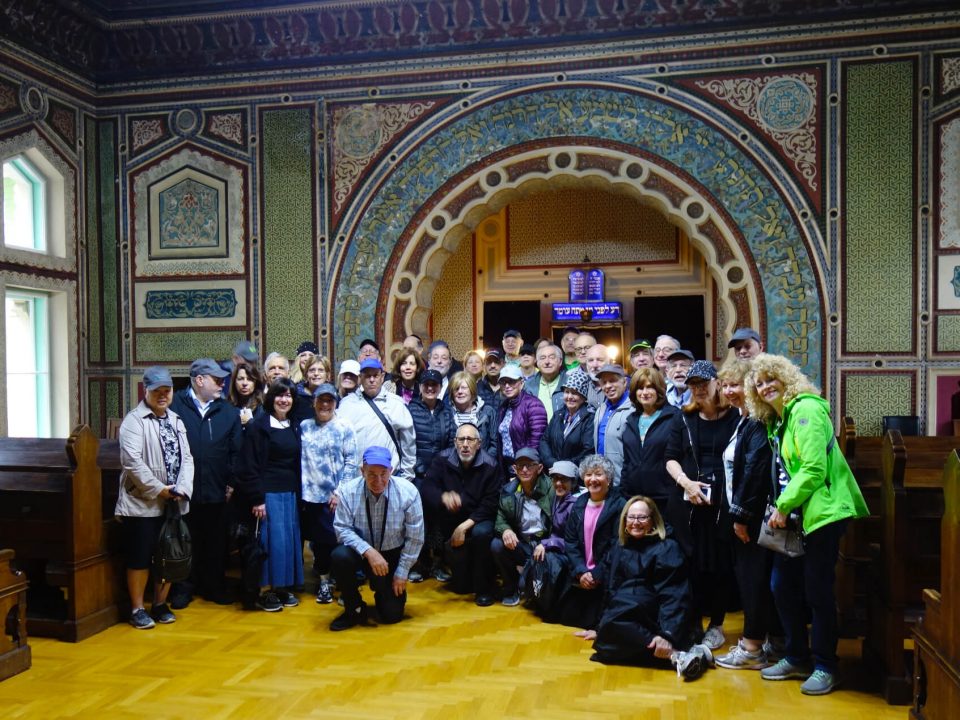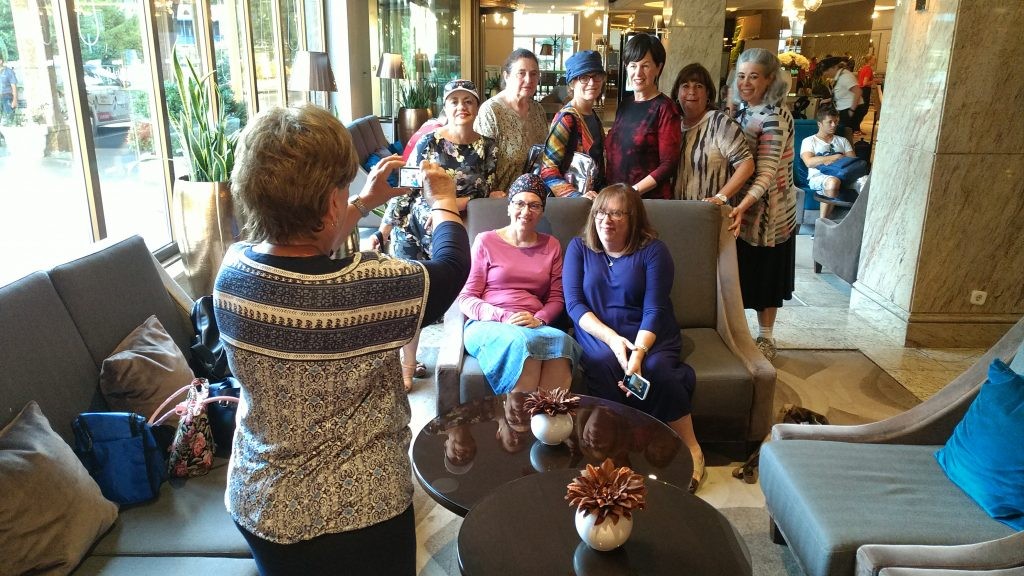Jewish merchants Balkan trail
A truly historical and geographical 2 weeks of ever-changing landscapes, tastes, smells and always friendly and welcoming hosts. Immerse yourself into centuries past, and walk in the footsteps of Jewish merchants that connected Europe and the East.
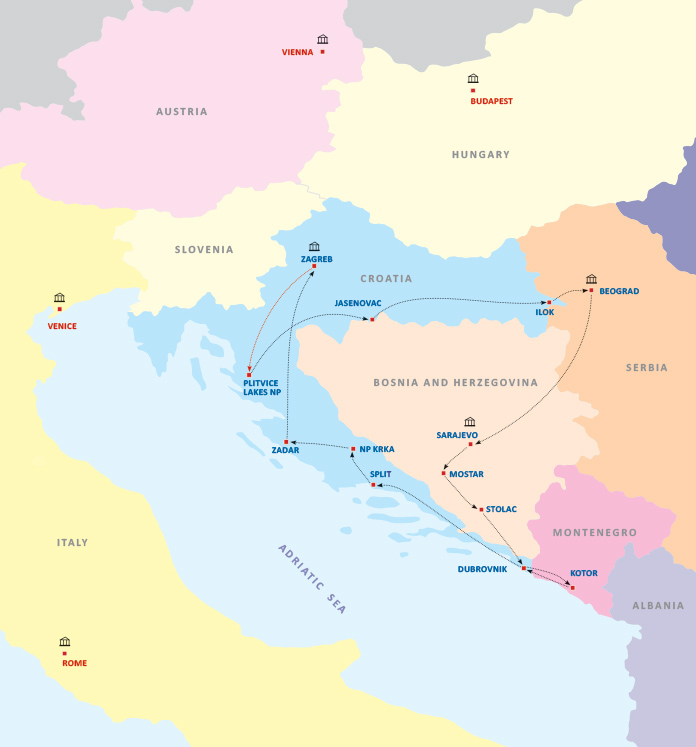
Day 1.
Zagreb, the capital of Croatia with 1000 years of history, 1 000 000 friendly people and more beautiful parks than one can count was more than ready for us. Its rich and fascinating Jewish history gave an opportunity to narrate the story of Zagreb’s Jews sparkled with incredible detail and scholarly insight.
By taking a morning walk through the ages we began at 11th century foundation of Zagreb, crossing into the 14th century and the first arrival of Jews to Zagreb, all through the golden years of late 19th and early 20th century (when Zagreb developed rapidly) with Jewish community reaching its peak – just before perishing, almost completely, in the Shoah.
We visited Mirogoj, one of the most famous cemeteries in Europe, designed in 1876 by Herman Bolle, including its Jewish section, that told the silent story of the Zagreb’s Jewish community.
DID YOU KNOW? Chaim Bar Lev, Fiorello La Guardia, Academy Award (Oscar), Valium, Theodore Herzl, Goodyear Blimp – all have Croatian Jewish connections…discover it with us!
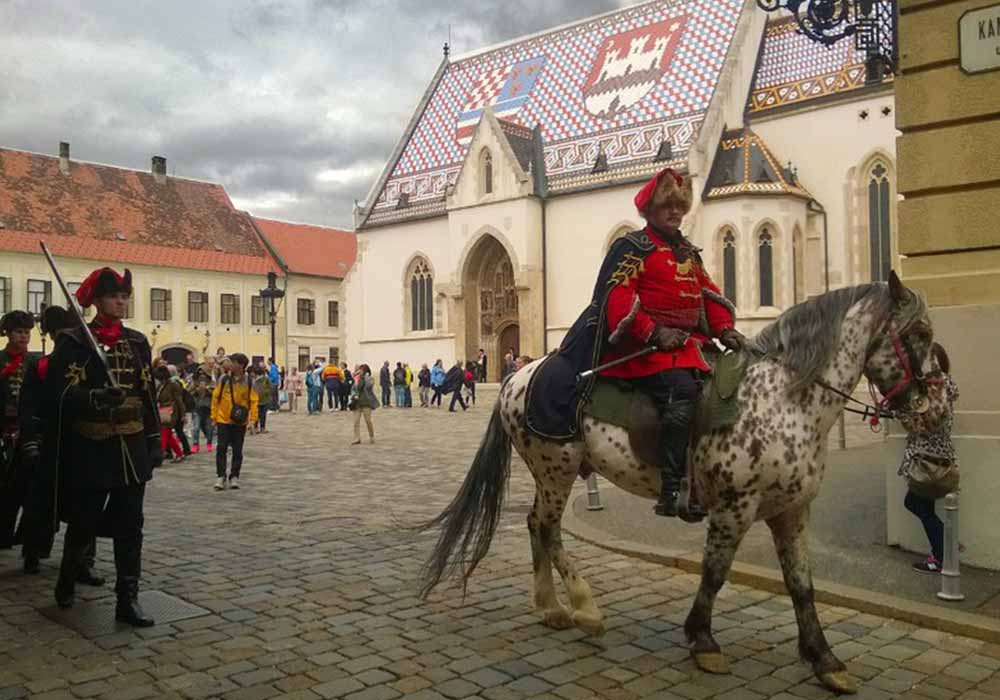
Zagreb, the capital of Croatia with a 1000 years of history, friendly people and beautiful parks, will surprise you with it’s rich and fascinating Jewish history.
Day 2
A day trip to Plitvice lakes National park is usually one of the highlights on anyone’s visit to Croatia. This time was no different. 16 magical lakes, numerous waterfalls (how many will you count?), a pleasant walk along the lakes in the lush European forest, endless “Kodak moments” and the scenery surrounding it are all on full display. The drive took us through some of the most beautiful landscapes and cleanest rivers of Croatia. On the way back in the late afternoon we stopped at the village of Rastoke, another Croatian hidden gem, with houses and watermills built above the rushing waters of two small karst rivers. The intake of all the natural marvels so rich with life and color made the group rub their eyes in wonder with almost every wink. The good night sleep was the only cure for the magic cast by Plitvice Lakes.
Day 3
On our way to Serbia we paid a morning visit to Anatevka. Yes, that Anatevka, located in the village of Lekenik, near Zagreb, where “Fiddler on the roof” was filmed, back in 1971. Visiting the filming location, where some of the original structures are still preserved, felt quite surreal but in the best of ways. There, we took photos at the window where Tevye served his milk, met the locals who were extras in the movie, and discovered the village’s hidden Jewish history.
Our next stop was at the memorial centre on the site of the former Jasenovac concentration camp, where most of Croatian Jewry, among others, perished during the Shoah. The memorial, with the Stone Flower monument towering over it, was built in cooperation with the Yad Vashem in Jerusalem. With silence, prayers and reflections, we honored the victims of the Ustasha regime before we left that tragic place of inexplicable loss. Driving through the town of Vukovar, one of the symbols of the Croatian Homeland War we ended the day in the picturesque town of Ilok, near the Serbian border.
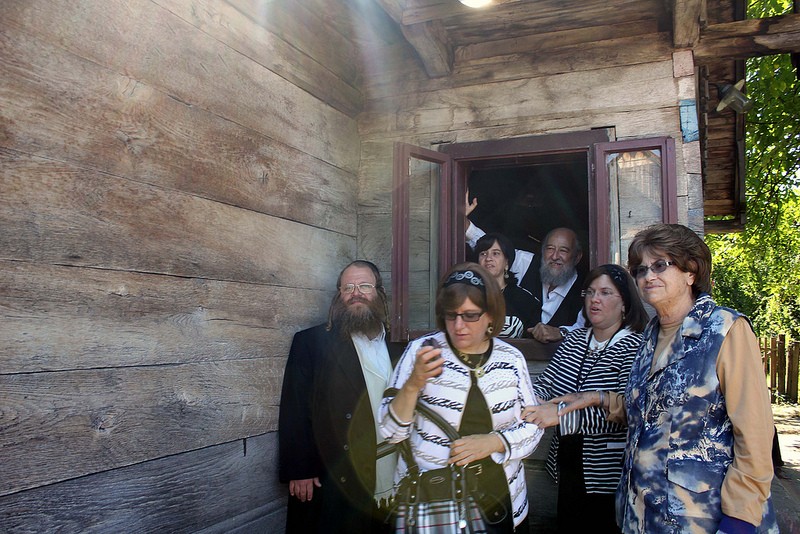
The house where Tevye served the milk still looks the same. It’s owner, Mr. Šimek, is still waiting for someone to clean the paint, left there during the filming.
Day 4
Crossing the border to Serbia in the morning, we arrived at Novi Sad for lunch to recharge before we dug into this unique city. Its beyond gorgeous synagogue, designed by a Hungarian Art-Nouveau architect Lipót Baumhorn in 1909, was rightfully recognised as a cultural monument and a historic landmark in 1991. The hosts in the Jewish community of Novi Sad, made us feel at home with their warm hospitality and friendliness. It was hard to leave Novi Sad but knowing that Belgrade awaits us in just a few hours gave us the impetus.
We arrived to Serbian capital Belgrade in the late afternoon and went for the evening stroll through Skadarlija, one of Belgrade’s famous bohemian nightspots brimming with Gypsy orchestras, taverns and visitors. The atmosphere is just as it was when the famous Orient Express train stopped here on the way to Istanbul.
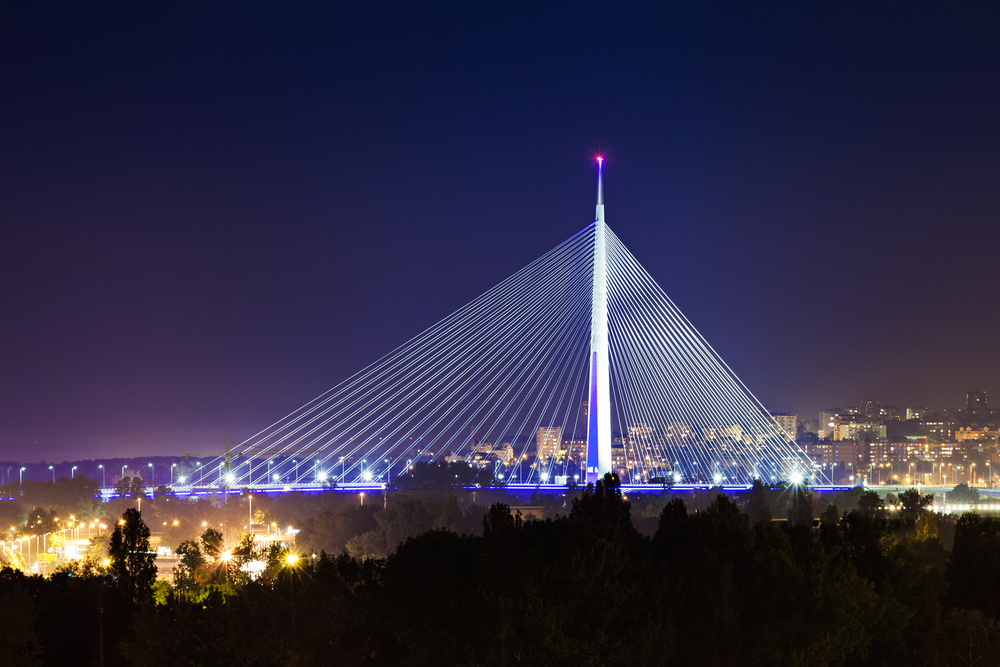
Ada bridge in the center of Belgrade. It crosses the tip of Ada Ciganlija island, connecting the municipalities of Čukarica and New Belgrade
Day 5
The day began with the walking tour of Belgrade, visiting Dorćol – the old Jewish quarter, the synagogue and the Jewish museum where we’ve met with members of the local Jewish community who embraced us with their proverbial hospitality. Discovering this metropolis of the Balkans, with its rich and multicultural history, famous restaurants and bohemian lifestyle reveals an eclectic mix of the Orient and Europe, beautiful views and unseen cultural treasures. The pulse of this city is truly second to none!
Day 6
As we left Belgrade in the morning and drove through the rugged but no less appealing countryside of Bosnia we followed the same historical route once used by horse caravans to deliver the goods from the east, towards Sarajevo, and further south – to the Adriatic coast. The evening in the old centre of Sarajevo, was spent immersed in the scents, textures, tastes and sounds of Sarajevo, understanding well why Sarajevo is called the– Jerusalem of the Balkans.
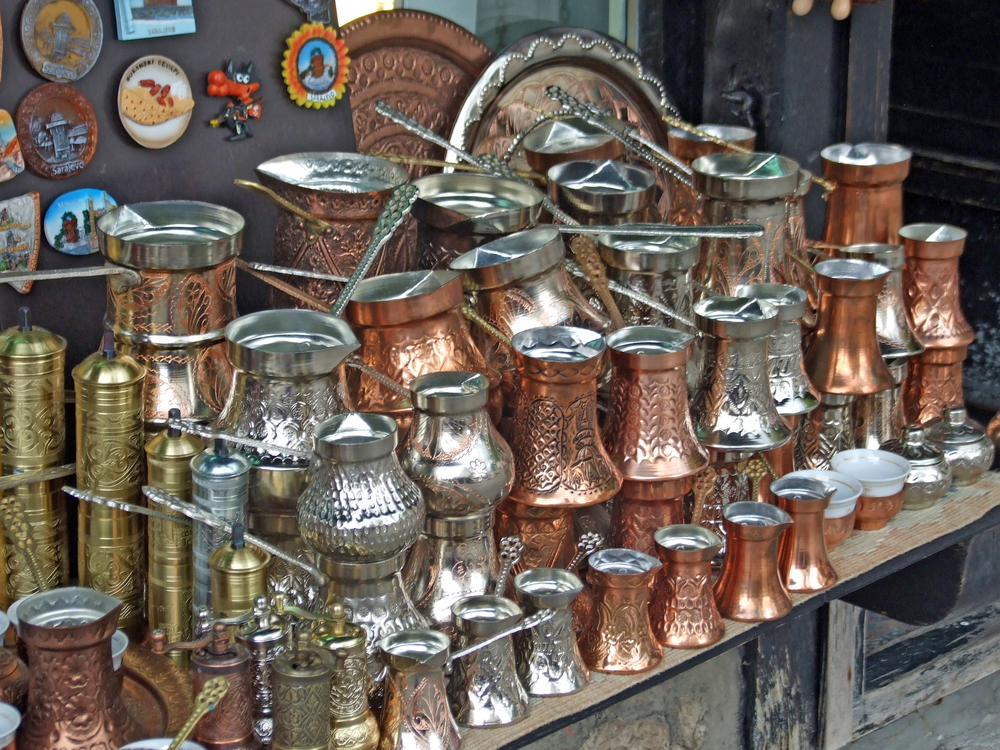
The most famous symbol of Sarajevo is coffee in Baščaršija, Sarajevo’s old bazaar built in the 15th century.
Day 7
We started the day with the departure towards “The Tunnel“, one of the symbols of the Siege of Sarajevo during the Wars of Yugoslav Succession, that lasted 3 long years. Along the banks of the Miljacka river, we learnt about Sarajevo glory years and centuries, and paid a visit to the starting point of World War I, the location where Archduke Franz Ferdinand of Austria was assassinated in 1914. The highlight of the day was meeting the Jewish community members who guided us through the artifacts of the Museum of the Jews of Bosnia and Herzegovina. Free afternoon was scheduled for souvenir shopping and frivolous sightseeing followed by traditional Bosnian dinner. It made us all taste the famous ottoman cuisine in all its flavorful splendour.
Day 8
Driving south in the early morning, across Bosnian mountains, moved us towards the Herzegovina region, where we visited Mostar and it’s famous Old Bridge, an UNESCO World Heritage site. Further along Neretva river, we visited the town of Stolac, where the famous Rabbi Moshe Danon was buried, and whose grave is still maintained by a local Muslim family. This pilgrimage site is a protected cultural monument of Bosnia and Herzegovina. We ended the day in Dubrovnik, on the Adriatic coast, with a delicious Mediterennean dinner.
Stay@: Hilton Imperial Dubrovnik 5*; Hotel Excelsior 5*; Hotel Bellevue 5*

Mostar was named after the bridge keepers (mostari) who in the medieval times guarded the Old Bridge.
Day 9
Starting the day with a Jewish tour of Dubrovnik where Jewish merchants from Albania have already been mentioned in local archives during 1368, added layers upon layers of fascination. After the Spanish expulsion in 1492 Dubrovnik became an important transit centre for refugees travelling to Balkan cities under Turkish Ottoman rule. Jews were allowed to settle in Dubrovnik and were given customs privileges to encourage transit trade. They dealt mainly in textiles, silk, wool, leather, and spices, and were allowed to live inside the walls in 1538, but in 1546 a ghetto was established in a small street (still called the Jewish street) enclosed by walls, locking the gate at night. Visiting the Jewish museum, in the second oldest Sephardic synagogue in Europe and showing the invaluable synagogue artefacts of its marvelous past brought us into direct contact with this proud, old and honorable Jewish community. The well-preserved cemetery containing 200 old gravestones, including that of Rabbi Jacob Pardo, who died there in 1819, sharpened our sense of the influence the community held through the centuries. Sunset walk along the monumental city Walls was a perfect prelude to the evening stroll along Stradun – the main city merchants street, bursting with life throughout the year.
Day 10
A day trip to Montenegro took us along the majestic Kotor bay, towards the old traders port of Kotor, hidden beneath the steep Montenegrin mountain slopes, that gave the country its name. A one time rival to Dubrovnik and Venice, Kotor has changed many rulers and owners. Various defensive structures are still overlooking the city and its vivid memories. The bravest among us climbed the few hundreds stairs to get to the top of the city walls, where a view awaited to fully justify their efforts.
Day 11
Driving along the southern Dalmatian coast is considered the most beautiful ride in the Adriatic and we marveled at the beauty layed out underneath us as if for the first time. The indented coastline, hundreds of Islands glittering in the sun, small fishermen villages scattered along the shore followed us on our way to Split where we spent a night.
Day 12
After breakfast we started the walking tour of Split, visiting all the important sights that are both stunning and have a historic and cultural significance for the development of the city and the Jewish community. In fact, the general tour of Split cannot go without mentioning the role that the Jewish Community has played in the cultural and economical development of Spalato, the Latin name for Split.
The tour included the visit to the 1700-year-old palace of the Roman emperor Diocletian. It harbors most of the old city sights such as the Basements, beautiful Roman squares and statues, The Bell Tower, Jupiter’s temple, the former Jewish ghetto, the synagogue, the City Museum and many more. Throughout the Palace there are plenty of details that kept us occupied for hours. Within a few minutes of walking distance from the Palace there are a few Renaissance squares, the City Promenade and intriguing art markets and shops. A bit further, up on the Marjan hill is the Old Jewish Cemetery, from where the eye popping panorama stretches out, embracing the whole city and its archipelago. The perfect spot to soak in the marvelous sunset as it glazed this open-air museum with its receding rays.
Day 13
Krka national park is yet another wonder of Croatian nature that attracts countless visitors every year. The karst river, rushing through the sediment rock, with beautiful waterfalls and abundant wildlife is the perfect location for a mild and most rewarding hike. Our guests were genuinely shocked to see that Plitvice Lakes had a rival, a very competitive rival at that, leaving them speechless and entranced for hours as we continued to the old Adriatic port of Zadar, continuously settled from pre-Roman times.
Zadar is a place where Adriatic ancient history, bubbling present and thrilling future mix perfectly in a seamless package. Here, the historic peninsula hosts the famous, modern-day work of artistic wonder The Sea Organ – a perfect background music for “the most beautiful sunset in the world”, as claimed by no other than Alfred Hitchcock. It was a bittersweet evening, the guests remarked as they evoked the indelible memories acquired through this journey and the inevitable farewell looming a day or two ahead.
Day 14
Morning departure for Zagreb bookended the tour as it closed the circle across the Balkans. Arriving in Zagreb in the early afternoon, just in time for the free afternoon and a moving farewell dinner filled with recollections, l'chaims and much needed respite for all.
Day 15
Saying farewell and departing is never easy but seeing the smiles and radiant eyes full of wanderlust made us thankful for having an opportunity to share this adventure with such sweet and curious people as our guests tend to be. Thank you!
From: 3180 € | Duration: 13 days
15 days/14 nights
4* and 5* hotels
4 countries
5 World Heritage sites
A/C minivan or car with driver
English speaking driver/tour leader
4 countries: Croatia, Serbia, Bosnia&Herzegovina, Montenegro
Day 1: Zagreb
Day 2: Plitvice lakes National park
Day 3: Anatevka – Jasenovac – Ilok
Day 4: Ilok – Belgrade
Day 5: Belgrade
Day 6: Belgrade – Sarajevo
Day 7: Sarajevo
Day 8: Mostar – Stolac – Dubrovnik
Day 9: Dubrovnik
Day 10 Kotor/Montenegro
Day 11 Dubrovnik – Split
Day 12: Split
Day 13: Split – Krka national park
Day 14: Zadar – Zagreb
Day 15: Zagreb

